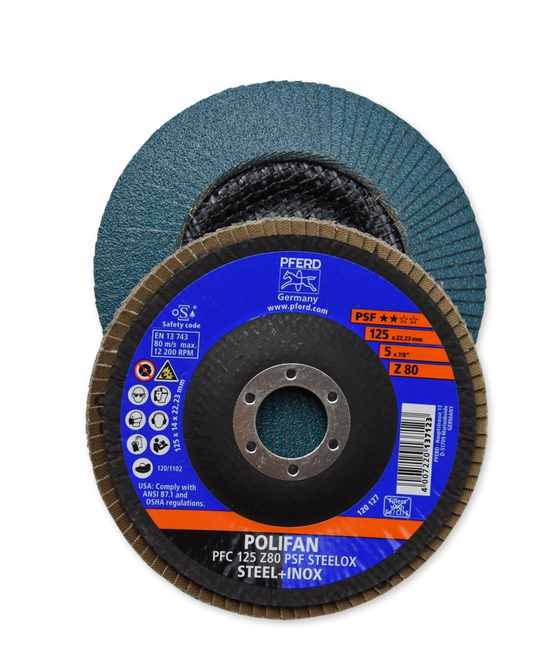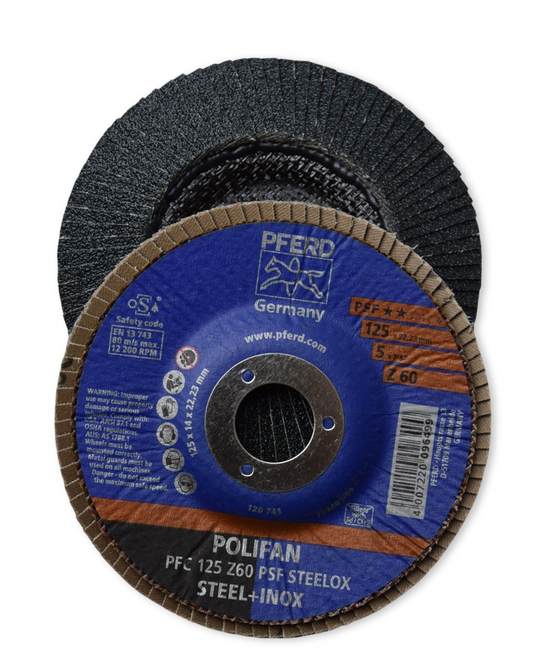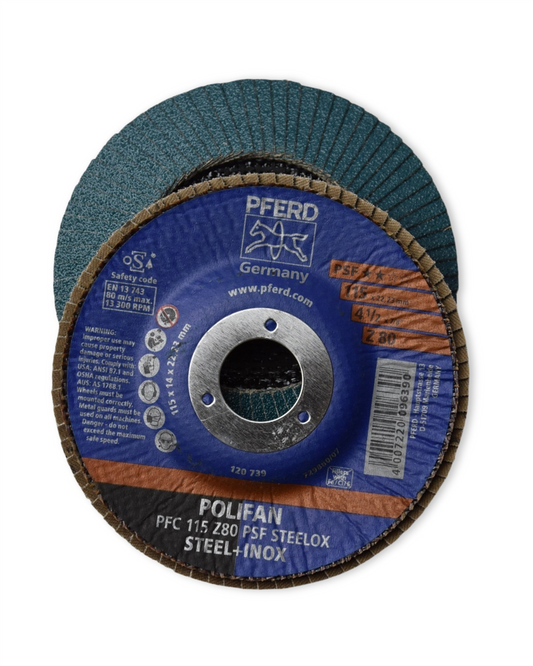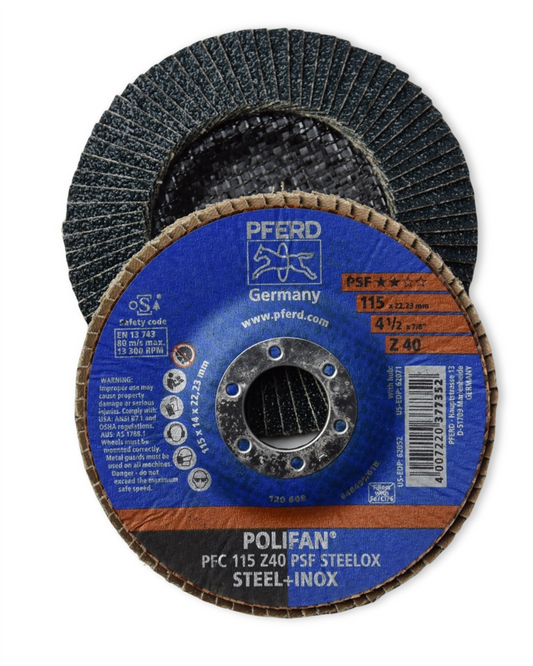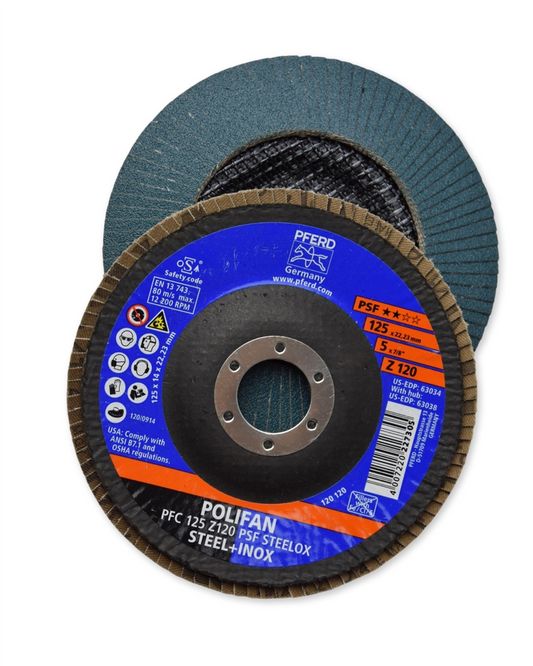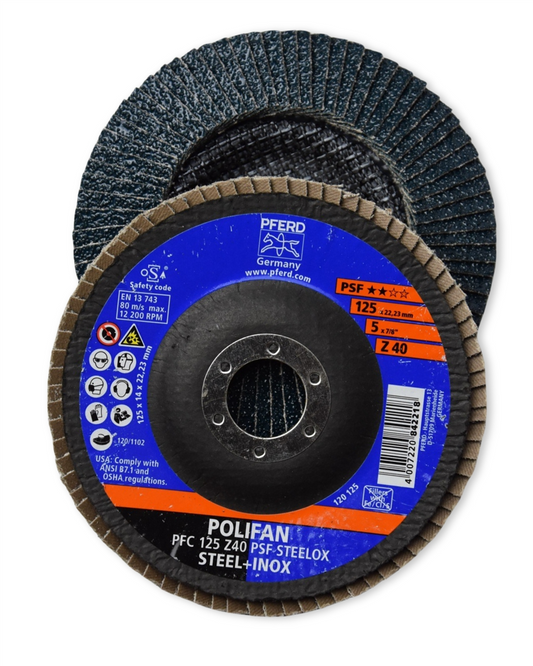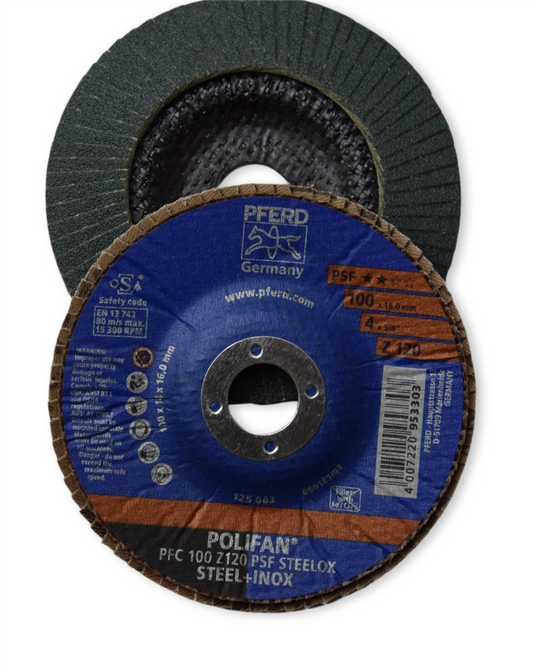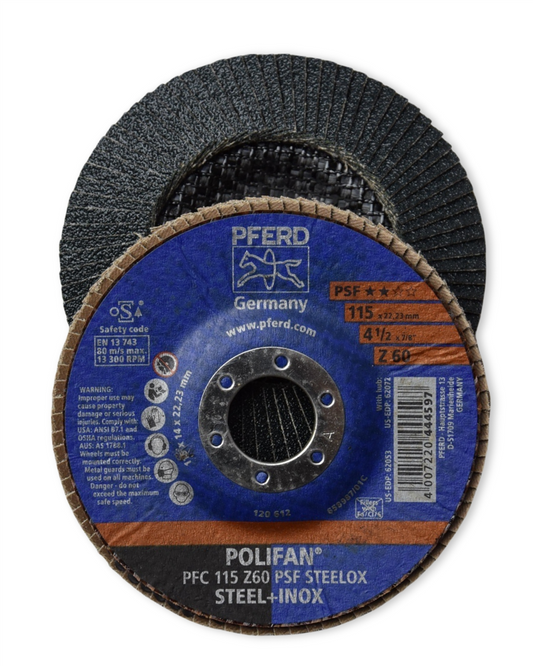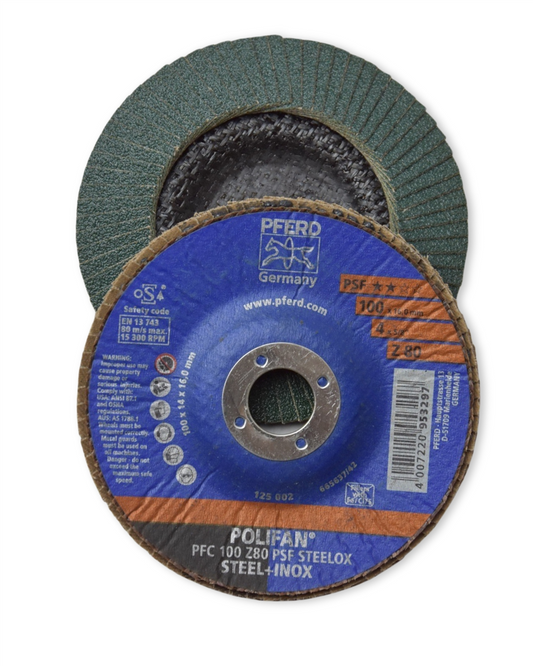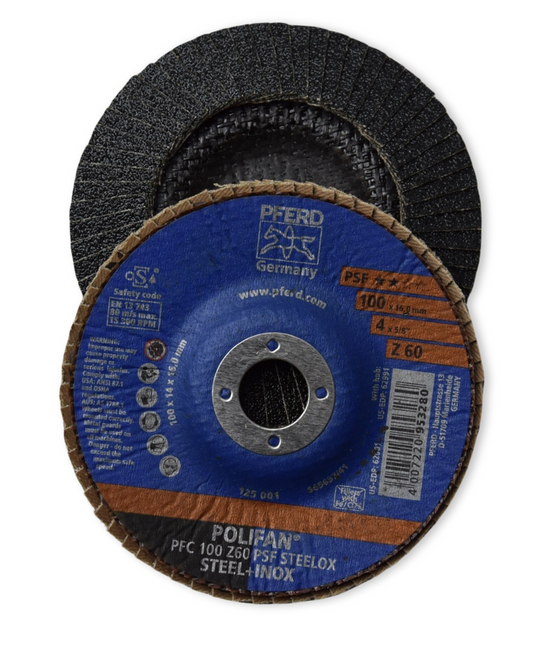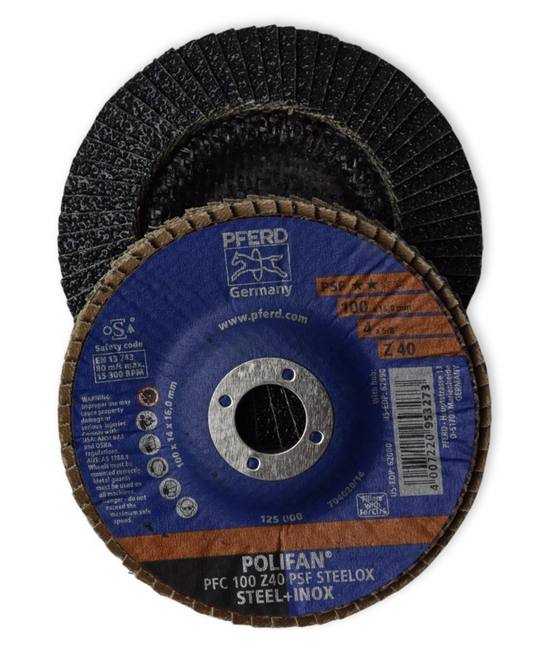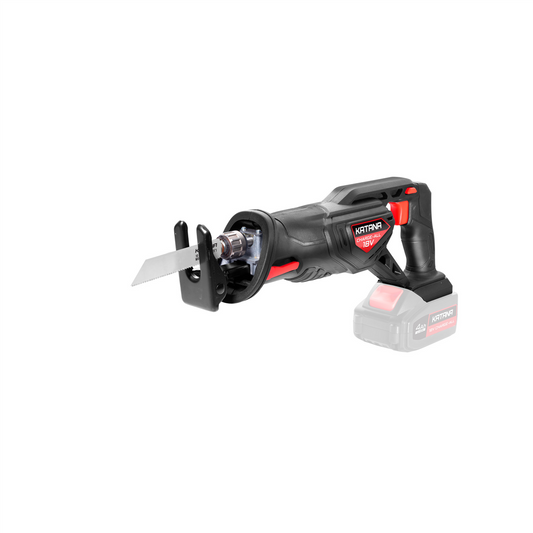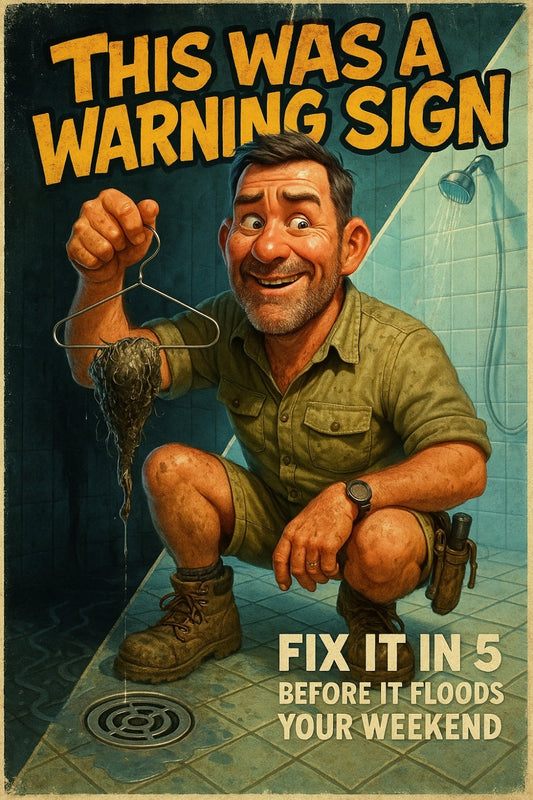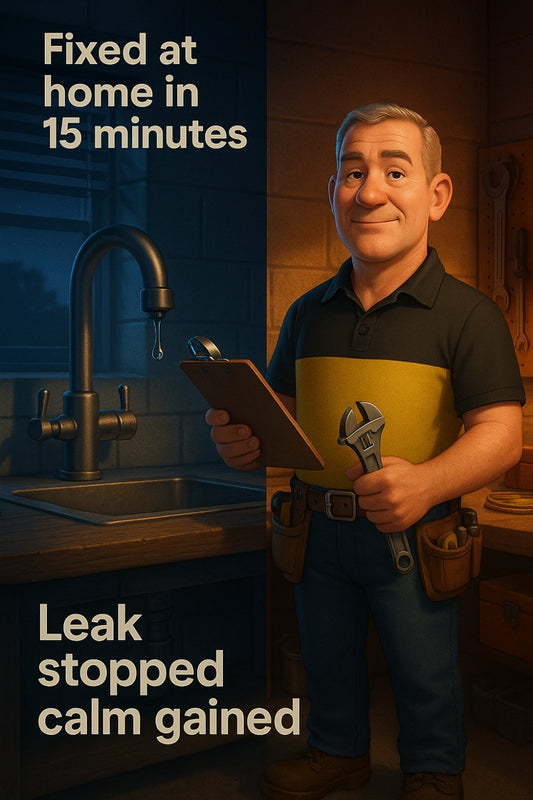Loose fence palings? Here's the no-fuss fix that actually stays put — for good.
Share
Repair wobbly fence palings like a pro — even if you’ve never picked up a nail gun
Fix your fence fast with this step-by-step guide to securing loose palings for good
There’s a certain charm in a weathered fence — the greyed timber, the bits of moss, that lived-in look. But when the palings start to rattle in the wind or lean out like a crooked grin, charm turns to concern. Especially when the dog escapes, the gate won’t shut, or the whole thing starts looking a bit dodgy from the street.
Good news is, fixing loose fence palings doesn’t need to be hard, expensive, or dragged out over two weekends. Whether you’ve got one wonky slat or half a stretch flapping in the breeze, the fix is usually quicker than you think.
Why fence palings come loose in the first place
Here in the country, we cop our fair share of sun, wind, and mud. Throw in a few years (or decades) of dry heat followed by soaking rains, and it’s no wonder timber starts shifting. Nails rust. Palings cup or warp. Sometimes the rails crack. Other times it’s plain old movement as the ground settles or the wood weathers unevenly.
“One of the most common causes I see? Cheap fasteners or nails that weren't long enough to reach solid timber. You want your fixings to bite deep and hold strong — no shortcuts there.” — Candeece, DIY Learning Team
Spotting the real issue
Before you start swinging hammers, take a close look at what’s actually going on. Is the paling loose at the top only? Has the rail shifted? Are the nails still there but barely hanging on? A little inspection now can save a lot of rework later.
- Loose nails: Usually you'll see old galvanised nails slipping out. They'll often rust or lose grip with time.
- Split palings: If the timber’s cracked where the nail went in, you may need to patch or replace it.
- Damaged rails: Occasionally it’s not the paling — it’s the horizontal timber it’s attached to that’s softened or warped.
Tools of the trade
You don’t need a full workshop to sort this job — just a few solid basics:
- Galvanised screws or decking nails (65–75mm are common)
- Drill or hammer
- Clamps (optional, but handy)
- Replacement paling if one’s cracked or split too far gone
- Spirit level or family eyeball — depends how fussy you want to be
Using screws instead of nails can give a longer-lasting hold. Just make sure the screw is treated for outdoor use and long enough to bite into the rail beneath.
Step-by-step: How to fix loose fence palings
- Prep the area: Clear any debris around the loose paling. If it’s hanging off, remove any nails or screws calmly — don’t rip it off (unless you want more work).
- Line it up: Hold the paling flat against the rail. If it’s warped, a quick clamp or a second set of hands can help bring it into line.
- Secure the top and bottom: Start with either a screw or decking nail near the top rail, angled slightly down for better grab. Repeat at the bottom rail, then middle if needed.
- Check rails: If the paling just won’t hold, your issue might be deeper — the rail may be soft, cracked, or wavey. That might call for rail repair or bracing first.
- Pain in the paling? If the timber's split beyond saving, cut a matching replacement, pre-drill to avoid cracking, and secure it the same way.
Bonus tip: A dab of outdoor adhesive
If your paling won’t sit flush — maybe due to warping — a squidge of outdoor construction adhesive along the back before you fix it can help keep it hugging the rail nice and tight. Not essential, but it makes the finish feel cleaner.
The little touches that level things up
Some folks stop at simply reattaching loose boards. But if you’re part-way through fixing a section, it’s a great time to rinse off any mildew, knock back splinters, or even stain or oil the timber while it's all in sight.
Also, if you’ve replaced more than three palings in a row, step back and just check the spacing — wonky gaps can stand out more than mismatched timber. A bit of planning here can really clean up your line of sight, especially from the street.
Done well, it disappears into the background
The best fence repairs are invisible. You know it's been worked on — your hands might be full of sawdust or your back's reminding you of your age — but no one walking past would notice. The paling sits flush, the lines are tidy, and there's no slap-dash nail work sticking out like a sore thumb.
And that’s the real trick: practical fixes that look like they were never needed. Quick, clean, solid. Jobs that don’t beg for attention, but quietly keep everything holding firm for another five, ten, fifteen years.
What else might be going on?
If the same stretch of fence keeps having issues, it’s worth stepping back and looking at the wider structure:
- Are the posts rock steady, or starting to wobble with age?
- Is the soil around the base too damp, leading to timber rot?
- Have you got growing trees or aggressive vines that might be pulling sections out of alignment?
Fixing a loose paling is a good start — but sometimes it’s the first domino in a chain. Catching the root of the issue early means you’ll spend less time redoing repairs down the track.
Fence sorted? Then that’s one less eyesore
Loose palings might not sound like a big deal — until they squeak every time there’s a breeze. Or a neighbour makes a comment. Or the dog gets out. The good thing? Once you’ve fixed one properly, you’ll never be scared of the rest.
Fence fixes are one of those weekend wins that pay off quietly but constantly. And once the job’s done? Go on — stand back, knock the timber dust off your knees and take a look. A straight, solid fence means peace of mind, and one less thing on your to-fix list.
Cheers and happy hammering,
Candeece

Stay Connected
Follow our Facebook Page: Strathalbyn H Hardware on Facebook

